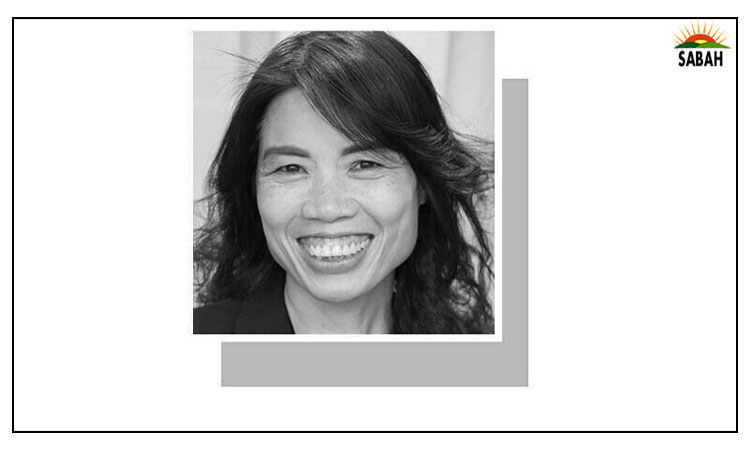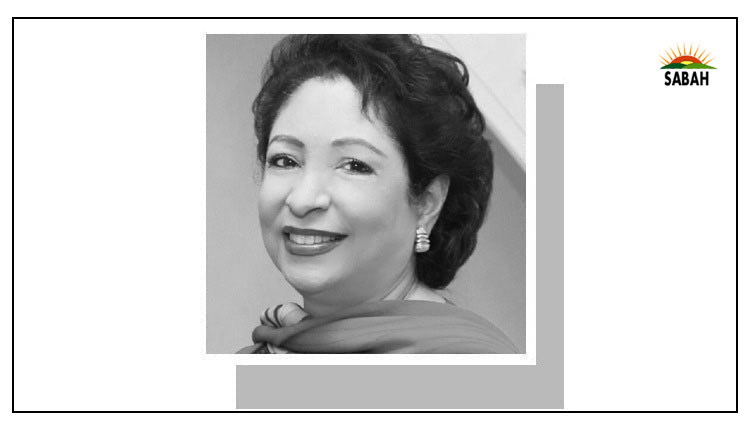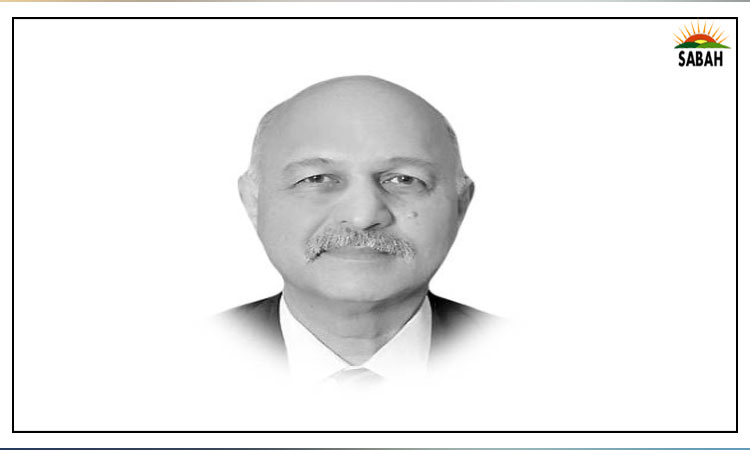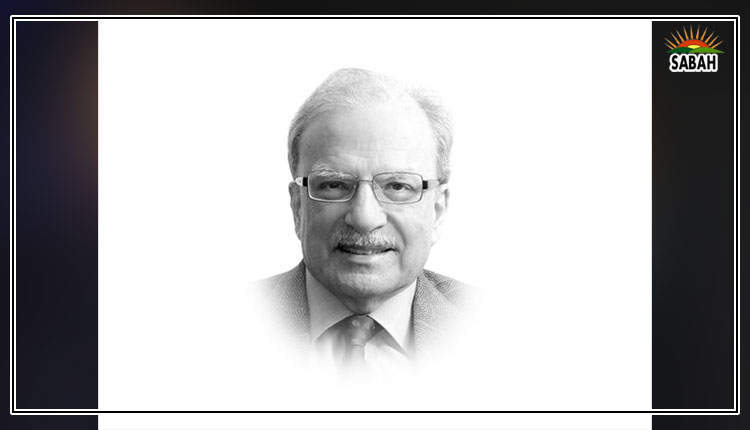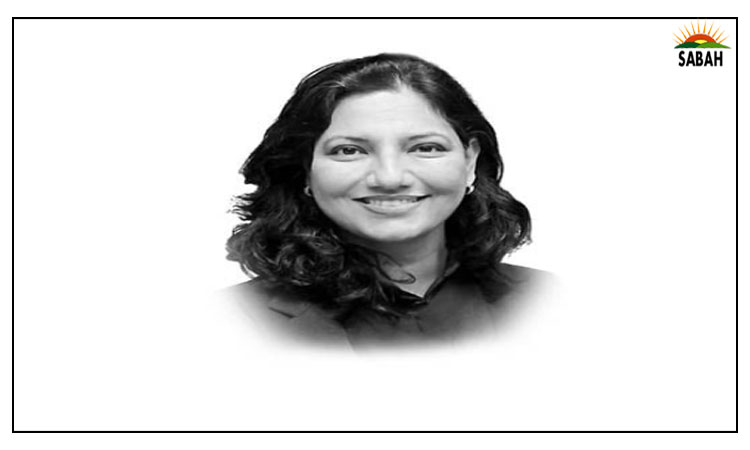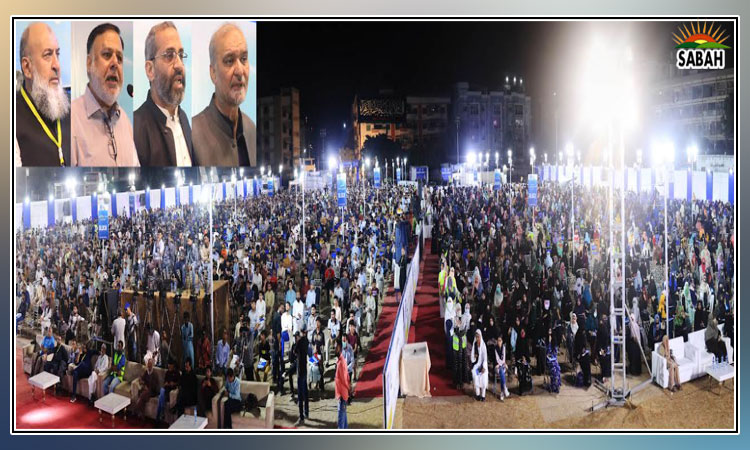Informational video on Ehsaas National Socio-Economic Registry released
ISLAMABAD, April 13 (SABAH): Senator Dr. Sania Nishtar tweets an informational video on Ehsaas National Socio-Economic Registry (NSER) as she stepped down, highlighting an important component of Ehsaas which was completed but not yet publicly release.
On Twitter, she wrote “Our Government achieved the historical landmark of completing the Ehsaas Survey for 34 Mn households. This is South Asia’s first digital door-to-door ‘census-like’ survey, with multiple digital safeguards to hedge against abuse”. She further added “Ehsaas’ Registry enabled the govt to target Ehsaas’ social benefits effectively, target subsidies and respond to shocks. Here are some insights from the survey across multiple dimensions and unique attributes of the registry. Anonymized Data from the Ehsaas Registry is being made public. This is a gold mine for researchers and globally a stellar example of #DataDemocratisation”.
The process video can be downloaded at: https://bit.ly/3uAWAcu; the video showing data can be downloaded at: https://bit.ly/3KDx6Rj
Ehsaas achieved a historical landmark earlier this year to conclude the nationwide door to door NSER survey for 34 Mn+ households. The NSER survey is an all-encompassing survey designed to assess the socioeconomic status of the household and ascertain their poverty score through Proxy Means Testing (0 – 100). The survey has 43 unique variables and covers demographic, socio-economic, education, health, and asset profiles of the household.
The Ehsaas Registry is unique and important for its own reasons. It was not just Pakistan’s but also South Asia’s first digital and census like door-to-door survey. Multiple digital safeguards, logical checks and 3rd party validation and profiling was conducted to hedge against the risk and ensure data credibility. And through its credible and reliable database, it became a key enabler in decision making for all Ehsaas programs and facilitated in making evidence based and impartial decisions on the basis of need and merit.
To promote transparency and encourage data sharing, Ehsaas has made selective data from NSER registry public. The video shares key insights across four key dimensions including Household coverage, Socio-economic analysis, Education analysis and Health and Disability analysis. A dynamic PowerBI based dashboard has also been developed and can be accessed (https://bit.ly/3LZEnuZ).
The database can facilitate government, social protection agencies, policy makers, social sector, private sector, academics etc. in their work and encourage data driven decision making. Ehsaas has also introduced a more formal data access and data sharing mechanism through cognitive APIs for its ancillary organizations and plan to scale up with other social protection agencies and government departments.
The video concludes with discussing the way forward of Ehsaas Registry and its full evolution towards dynamic registry. The development of a data registry through door-to-door survey is an operationally cumbersome, time consuming and a costly process. And not just that, the data registry also needs to be updated regularly to avoid exclusion and inclusion errors and enable government for the effective targeting of social protection benefits. To update registry on a regular basis and avoid these inherit limitations, the Ehsaas 2021 registry is designed to be dynamic, adaptive and shock responsive registry. The video outlines the seven different types of interventions required to shift from static to dynamic registry which starts with the completion of door-to-door survey and ends with the updated registry.




